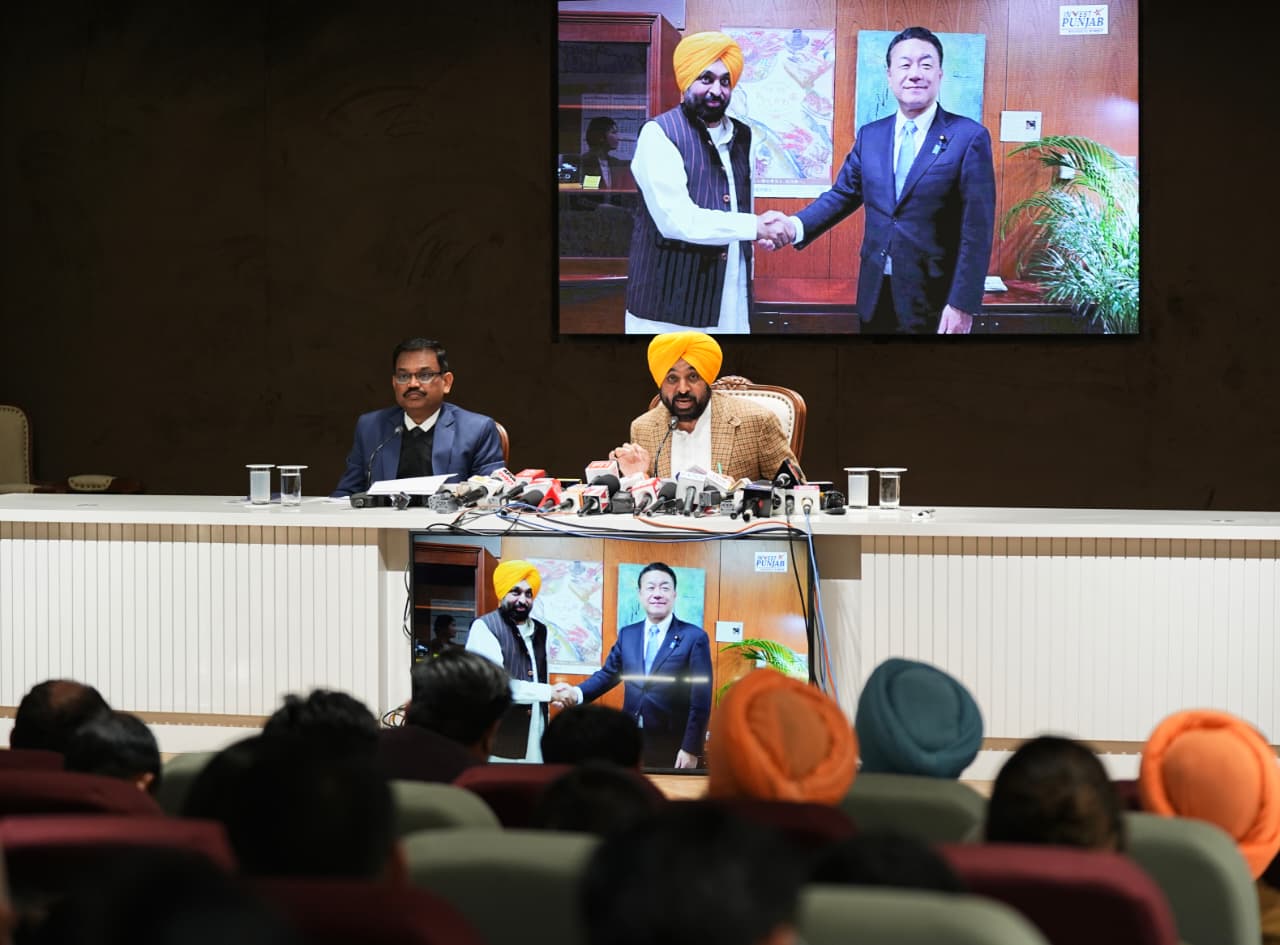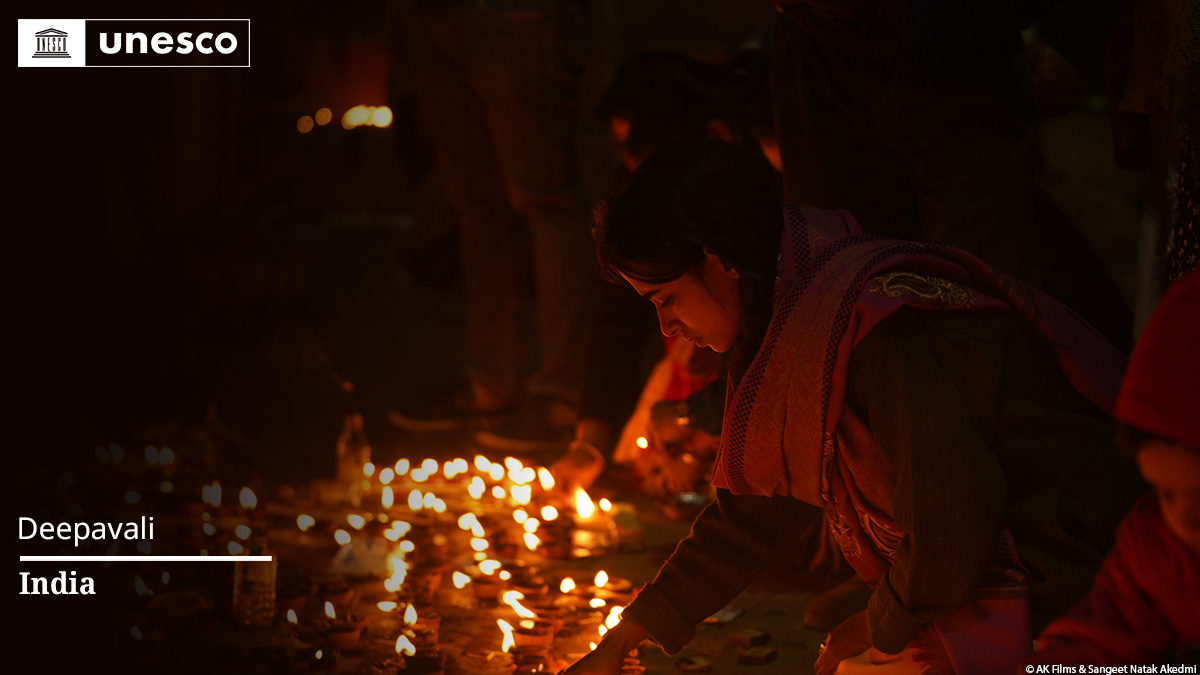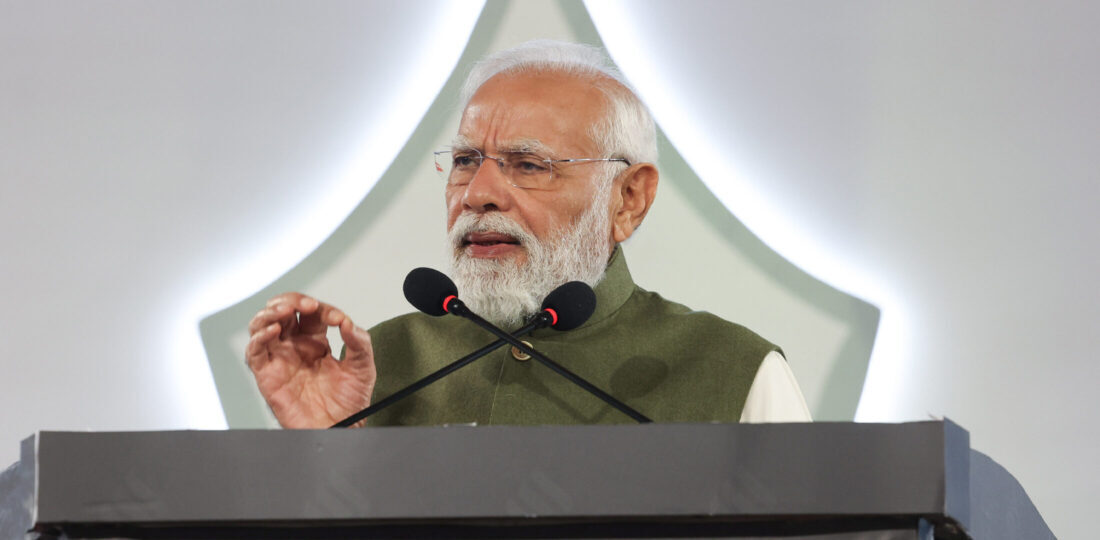The North News
Chamba, May 20
Nestled in the rugged Himalayan foothills, Chamba district once epitomised the daily struggles of India’s remotest communities—where steep climbs for clean water were routine, infrastructure was scarce, and development felt like a distant dream. But today, Chamba tells a very different story.
In February 2022, Chamba became the 100th district in India to achieve the “Har Ghar Jal” status under the Government of India’s Aspirational Districts Programme (ADP), ensuring every household has access to tap water. What was once a district defined by deprivation is now quietly setting the standard for inclusive, sustainable development.
Until recently, fewer than 20 percent of households had running water. The burden of fetching it often fell on women and young girls. Now, with access to piped water, families are witnessing transformative change—better health outcomes, fewer school absences, and more time for income-generating work. But clean water is just the beginning.
Chamba now boasts 100 percent household coverage under the Pradhan Mantri Jan Dhan Yojana (PMJDY), offering every family access to banking services. The district has also seen improvements in nutrition, maternal and child health, education, and digital access, fuelled by strategic government planning and CSR investments worth crores.
Much of Chamba’s progress has been catalysed by the Aspirational Districts Programme, a flagship initiative launched by NITI Aayog in 2018 to uplift 112 of India’s most socio-economically challenged districts. With a sharp focus on data-driven planning, local ownership, and real-time monitoring, the programme aims to unlock each district’s latent potential.
International recognition for ADP has also grown. At the Philanthropy Asia Summit 2025, Singapore’s President Tharman Shanmugaratnam hailed the initiative as a model of innovation worth replicating across the developing world.
“One of the unsung successes in India is the Aspirational Districts Programme. It gives ownership to the community—developing para-nurses, health workers, and local data systems targeted at maternal and child health. I have seen how they work by empowering people at the grassroots,” President Shanmugaratnam said.
India’s broader vision, articulated through “Sabka Saath, Sabka Vikas, Sabka Vishwas”, is reflected in the programme’s inclusive approach. From water and sanitation to education and financial access, the transformation of Chamba is more than a local success—it’s a blueprint for balanced growth across rural India.
As the Government scales up similar interventions, Chamba stands as proof that hope, when matched with data, investment, and local participation, can rewrite the future of even the most isolated regions.















